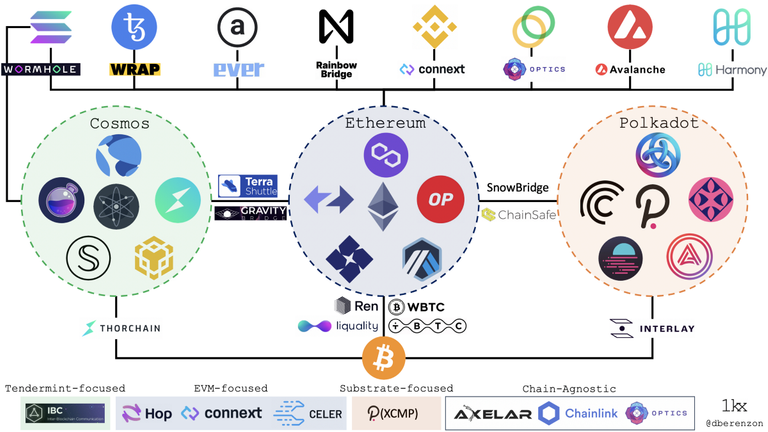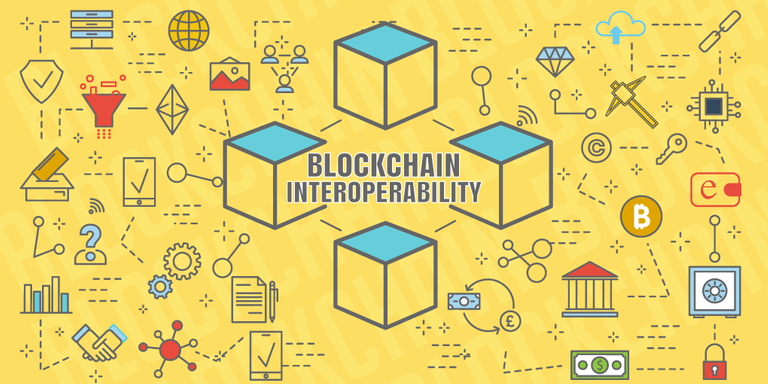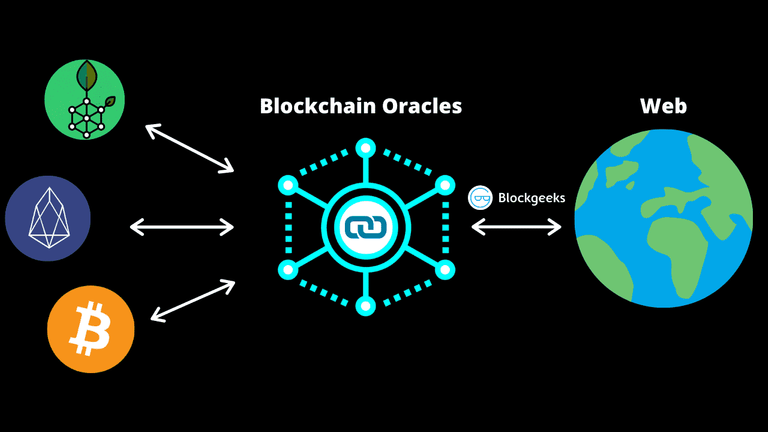Today we are going to break down a major topic on the blockchain -> Interoperability (Cross Chain ), Imagine if we could send data may be images, audio, transaction, etc from one blockchain to another blockchain. The number of applications we can create by combining various technologies would be infinite!
We are missing one thing: All of these Blockchains were built for different purposes and with different technologies. To be able to combine them or to even be able to exchange data would seem like a challenge.
Intro
When we speak about interoperability on a blockchain, one Blockchain can exchange digital assets with another Blockchain. For example, it's like combining various spices of different dishes and coming up with a brand new dish that tastes amazing. Similarly, we have multiple new products due to cross-chain capabilities.
As we discussed already, achieving interoperability would be challenging but not impossible!
There are three main ways to gain cross-chain capabilities :
- Bridge
- Sidechains ( Layer 2)
- Oracle ( We won't be discussing much)
✔️Bridge :
Most of us who took part in the Robinia swap marketing campaign has a good idea of what a bridge does. But do you know how it works?
It takes a digital asset that we are willing to switch and locks it on the chain, Then simultaneously mints Another chain's tokens of equivalent value to your address. If we consider the Robinia example, We first used our steem tokens using the steem keychain and then the other tokens were minted to our meta mask wallet that was connected to the bridge.
There is also something called a " Swap" like the "sunswap " we used earlier for the box project. Swaps allow users to exchange between various networks in a decentralised way (peer to peer). Anyways both of these are run by smart contracts and work seamlessly.
If you want to know more about smart contracts You should Check my previous blog on Smart Contacts Think of it as some sort of automated account on the network that gets enabled (acts) if some condition is satisfied.

Sorce
✔️Sidechains:
It's a type of layer 2 platform, If you're wondering what layer 2 is: It's a network that runs on top of an underlying network. If you guys know how the 8091 microcontroller enhances the calculation ( numeric) ability of 8086. This layer 2 scaling solution works similarly! Anyways back to the main topic >.<
So each side chain is usually compatible with one mainchain. Also, all of the side chains have their own set of consensus algorithms ( the algorithms that bring the entire network to an agreement 🤝 -->> check out my previous blogs on consensus allows for a greater understanding), Tokenomics purpose and security.
Most of us ( crypto investors) would have heard about the project called "polka dot", It was built with the main intention of cross-chain functionality. Research more about the project to understand its technical working at Official Website.
✔️Oracles:
Think of the oracle as some sort of mystical ball which connects smart contracts ( Digital contracts which are automated by code and deployed on a network) with the outside world. A real-world project on Oracle would be "Chain-Link ".We won't be diving much into the technical aspects of oracle on this blog, Comment if you are interested in learning about the technical aspects of Oracle on the next blog.
Hope you learnt something new in this blog, share your thoughts on interoperability in the blockchain in the comments :^)



Congratulations @the-prithvi! You have completed the following achievement on the Hive blockchain and have been rewarded with new badge(s):
Your next target is to reach 600 upvotes.
You can view your badges on your board and compare yourself to others in the Ranking
If you no longer want to receive notifications, reply to this comment with the word
STOPSupport the HiveBuzz project. Vote for our proposal!